The Covid Diaries 30: London Drawing Room, Not Without my Ghosts
A review of Not Without My Ghosts, an exhibition of spiritualist art at the Drawing Room, London. In which I am haunted (ha!) by thoughts about feminism, abstraction, and who gets to determine the meaning of a ‘work of art’.
Mediums, Spirits and Ghosts, Oh My!
I can’t even remember how I heard about this exhibition; I had certainly never heard of London’s Drawing Room gallery before. Its website states that it is the UK’s (and in fact Europe’s) only public, non-profit gallery for contemporary drawing. Tucked away down a side street in Elephant and Castle, it is so unassuming that you could almost walk right past it unawares. However I heard about it (spectral suggestion? More likely Instagram), it is a great find, and I will watch with interest any forthcoming exhibitions list.
What drew me to the exhibition was its fascinating subject matter. I have found myself puzzling it out in the days between visiting the gallery and writing this review. Not Without My Ghosts: The Artist As Medium is an exhibition which takes as its subject “artists and works inspired by mediumistic methodologies and their deep cultural history”.
We are talking about (mostly) Western cultural history here. What this really means is a historic survey from early outlier William Blake and his drawings of spirit heads; through the many fascinating Victorian female artists who believed themselves to be channeling spirits or connecting with unseen worlds; through more modern interests in automatic drawing/ writing as a process of tapping into the subconscious rather than the supernatural. So a huge variety of artists, backgrounds, meanings ascribed to their artistic outputs, and receptions by wider society. Perhaps a good way to describe some of them to you is through the lens of the things I haven’t quite worked out yet.
Who Decides What an (Art)work Means?
The biggest question that I had when perusing the two rooms of Not Without My Ghosts was about meaning-making. Specifically when it comes to artistic output. Even more specifically, should we look at drawings by artists such as Anna Mary Howitt, Georgiana Houghton, Barbara Honywood, or France’s Madame Fondrillon, as they saw them (not their own artistic vision but a message to interpret, channeled through them by spiritual means); as contemporaries saw them (with skepticism as to their inspiration, while still admiring their artistic achievements); as later generations like the Surrealists saw them (as a channeling of the subconscious rather than anything more mystical); through the lens of feminism; as proto-abstraction, or any number of meanings which could be ascribed to them?
The women I listed above were very firmly part of the Spiritualist movement of the 19th Century. The meaning of these works to the women themselves is thus clear: they are not ‘art’, they are first and foremost messages. I went to see them in an art gallery, so we have also ascribed a meaning to them as ‘art’. The two other potential meanings that interest me are the overlap with later Surrealist automatic writing and drawing processes; and the intersection of the works with feminism.
The Surrealist Approach
Certainly, the first revival of interest in Spiritualist art seems to have come about thanks to the Surrealist movement. Surrealists even used some of these 19th Century Spiritualist works to illustrate their writings. Interestingly, they did not accept the works’ original meanings. Instead they chose to see them as part of a process of tapping into the unleased creativity of the subconscious through automatic drawing (or writing). Thus there are works on display here by André Masson and Yves Tanguy, as well as by Ithell Colquhoun. Colquhoun began as a Surrealist but fell out with them because her beliefs were more closely aligned with Spiritualism.
The Feminist Approach
Which brings me onto the other lens, that of feminism. There is something interesting going on here which I know academic work has been done on. This includes some good short essays in the exhibition catalogue should you have the chance to read them. In essence, what is important is that most of these artists are female, and spiritual art gave them a freedom which their historic gender role may not have. In fact, there’s a really good excerpt from the catalogue which I’m going to cite here:
“The Spiritualist movement of the nineteenth century not only provided women with a new public voice and spiritual gravitas, but also instigated new forms of visual inspiration and expression. In the twentieth century both trained and untrained women artists further experimented with these mediumistic expressions, in particular channeling and automatic writing and drawing. Innovative and experimental, these artists retained an independence and an autonomy that was at once liberating and isolating. […] Issues of gender parity in the art world, of who and what is allowed to be seen and taken seriously, are the catalyst for slowly opening up new arenas of critical attention.”
Susan L. Aberth, “Spirit Voices, Women’s Voices: art and mediumship” in Aberth et al., Not Without My Ghosts (Hayward Gallery Publishing, 2020), p. 48.
There’s some fascinating stuff to unpack there, right? I still haven’t thought my way through to the end of it. But even while wandering around the exhibition you get a sense of those Victorian women as artistically talented but also resolute and confident in their artistic vision despite anyone’s opinion. Even though in most cases it led to their own marginalisation within the artistic community.
The Approach of Later Artists
Also fascinating is seeing what later artists (including the Surrealists) have done with the themes and techniques raised. There’s a direct nod to automatic writing and channeling in Chiara Fumai’s 2016 W.A.R.N.I.N.G, for example (the cover image of this post). Pia Lindman takes on an entirely different spiritual tradition (traditional Finnish healing techniques) to create something that is a lot more New Age but still has a sense of the unseen at its core. I don’t want to give the impression that only female artists produced art with true Spiritualist intent, either. I liked the work by Augustin Lesage, for example, which was spiritual very much in a naïve artistic tradition (image above second row from bottom, left), and similarly that by Casimiro Domingo.
Final Thoughts on Not Without My Ghosts
My advice, then, is to come at Not Without My Ghosts with a lot of intellectual curiosity. The point of it is that a lot of the artists are only now being reexamined or rehabilitated. This means there are new discoveries for anyone; and so many interpretations and layers of meaning that I defy anyone to get bored.
I hope that 2020 won’t put an end to endeavours like this. Not Without My Ghosts was a collaboration between the Drawing Room, the touring branch of the Hayward Gallery, and a handful of regional galleries in places like Sheffield and Blackpool who were also meant to get the exhibition this year. Actually the latter would have been with a slightly expanded selection of works; the Drawing Room’s space is limited and they have pared it back to a drawing focus). I know the Hayward’s staff has been decimated so can’t imagine they will have much resource for projects like these. And I can’t imagine that small galleries will find it easy on their own with reduced funding/centralised resources. A slightly sobering thought to counter the celebration of creativity that’s been possible in the last few months, as we look towards a possibly much quieter future exhibitions calendar…
On its own merits: 4.5/5
Implementing Covid rules: 4.5/5
Not Without My Ghosts until 1 November 2020
If you see this after your page is loaded completely, leafletJS files are missing.

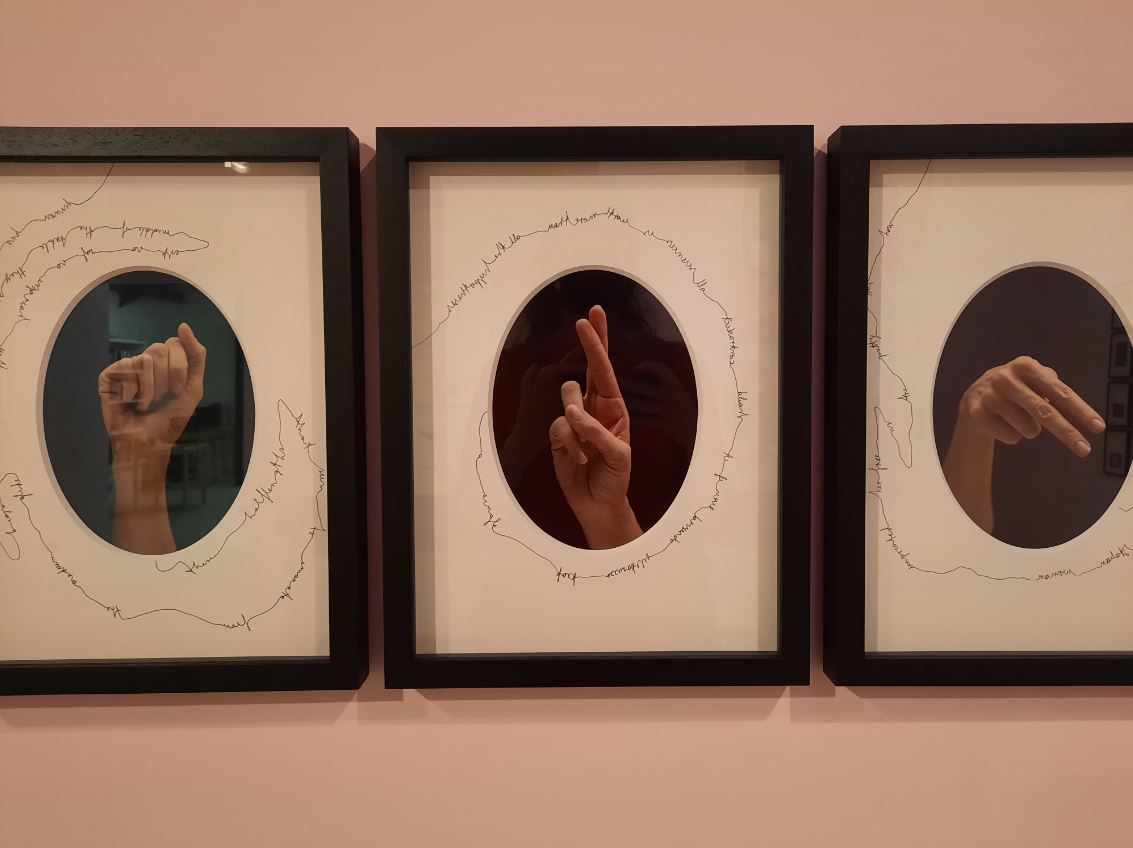
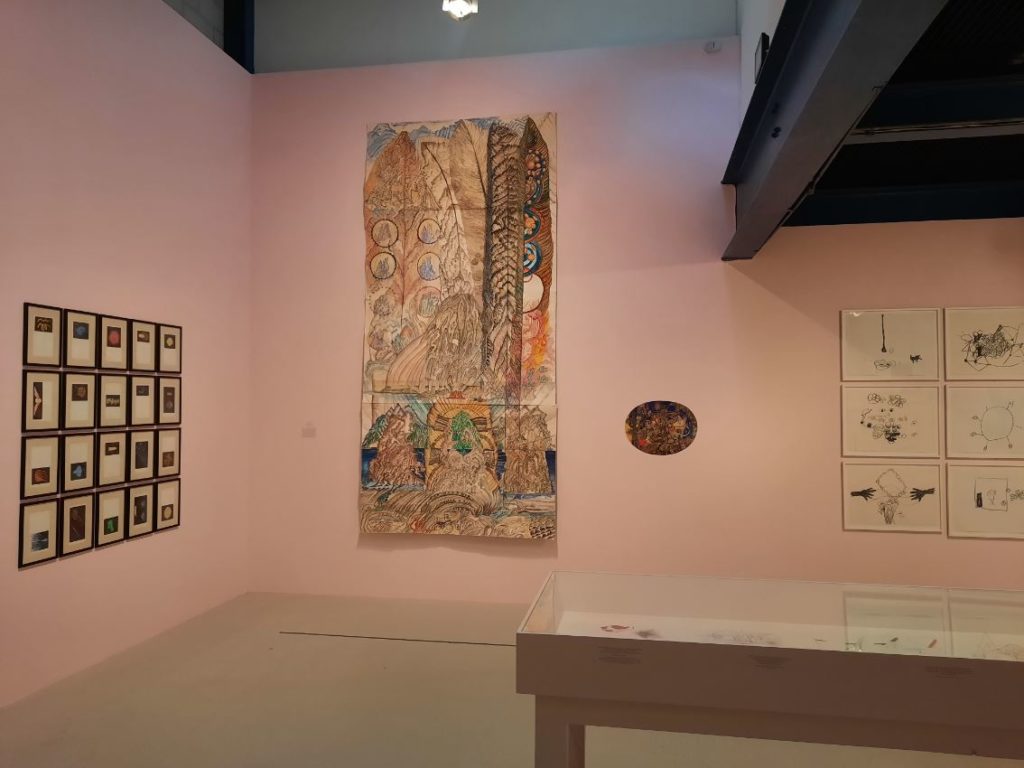
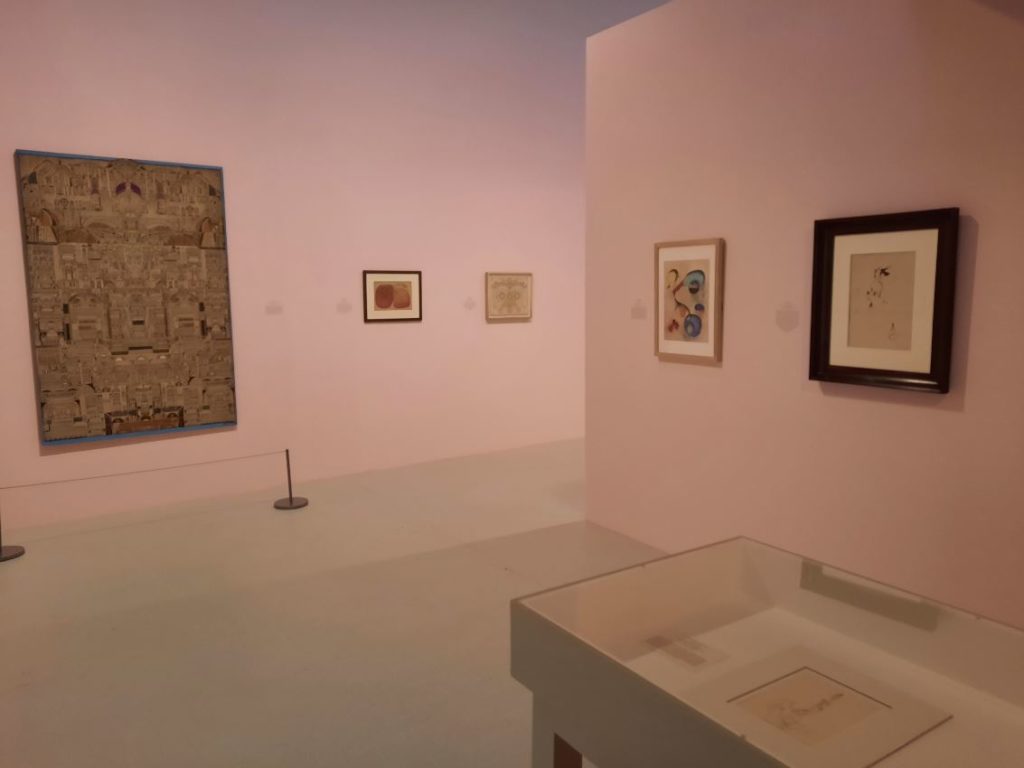
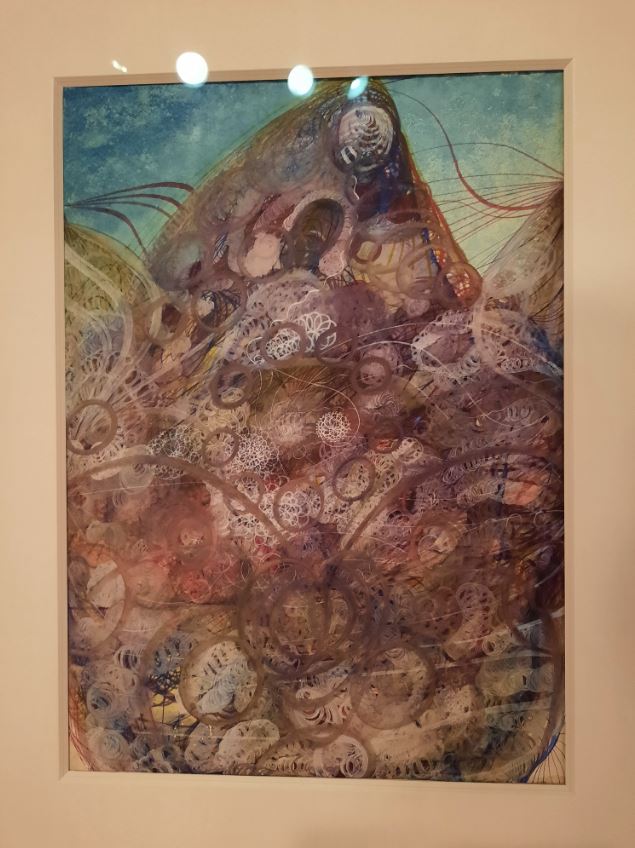


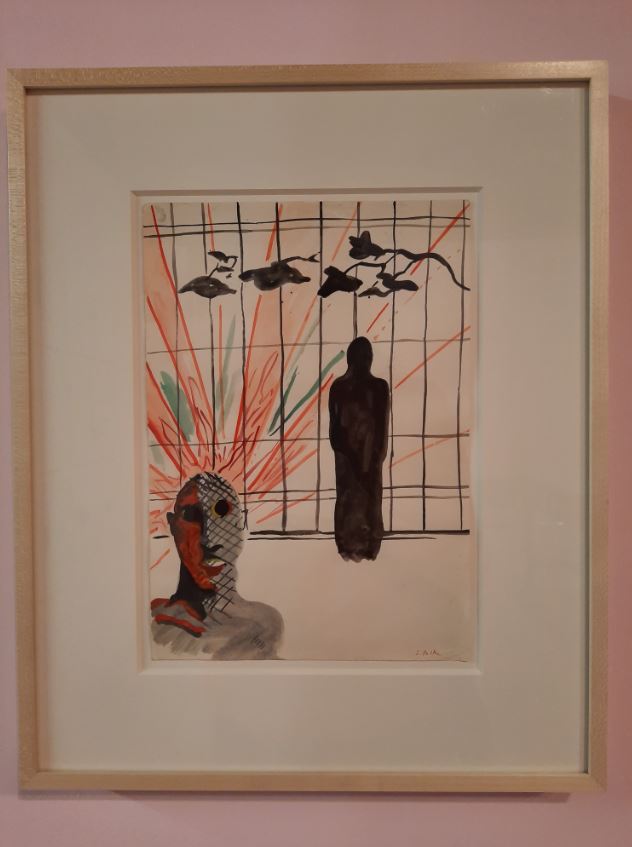
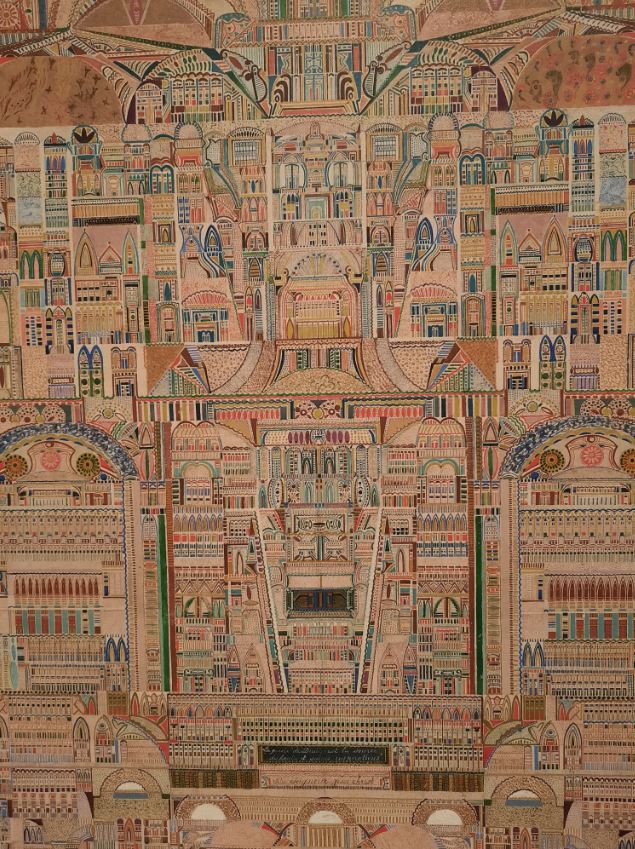
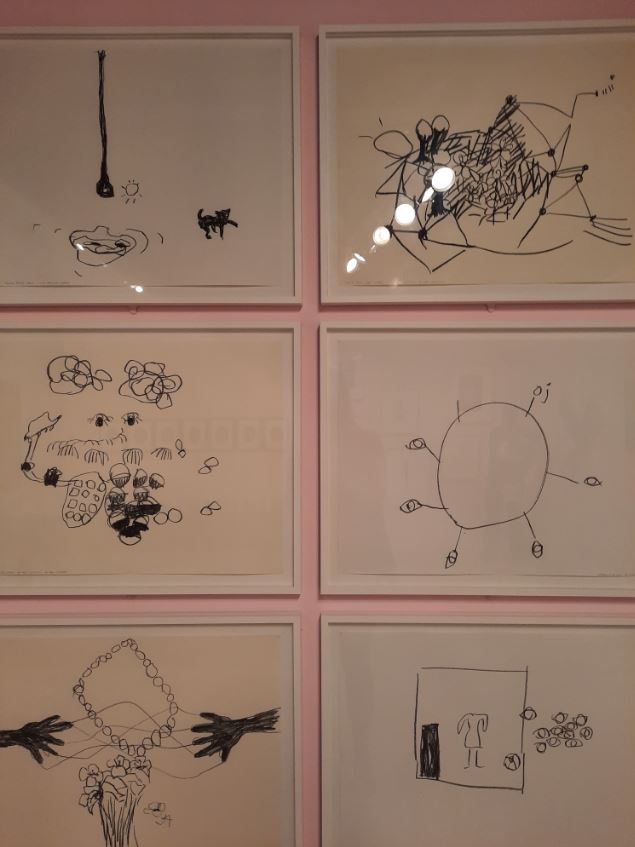
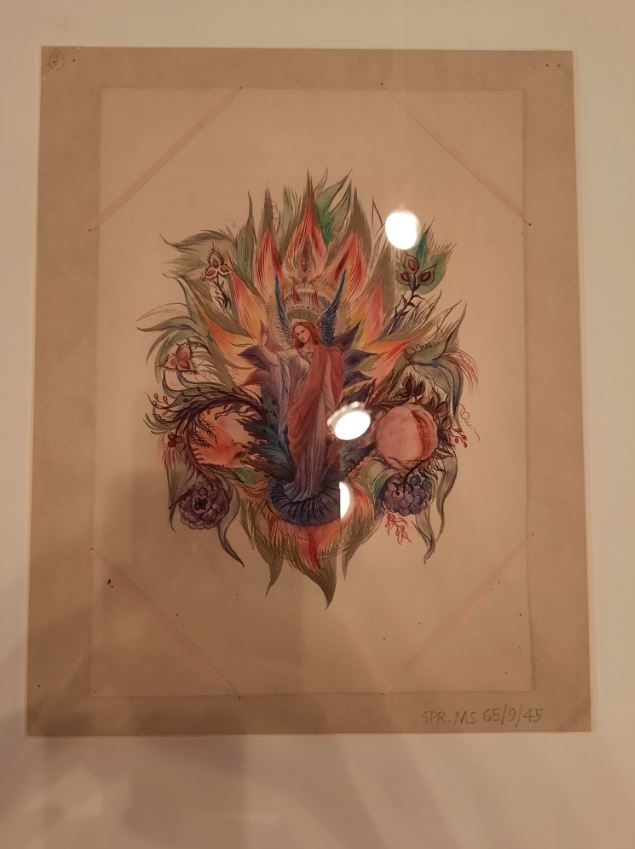

2 thoughts on “The Covid Diaries 30: London Drawing Room, Not Without my Ghosts”